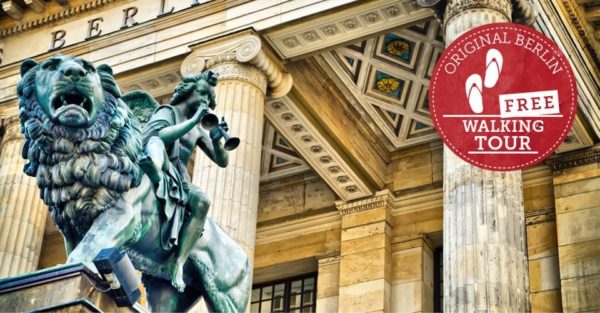Understanding the Historical Context
The Berlin wall was a concrete barrier that was constructed separating the city of Berlin from 1961 to1989. Originally built by the German Democratic Republic, better known as East Germany, it was put up to effectively divide East Berlin from West Berlin. Its main function was to stop citizens from escaping from East to West Germany which was a democratic part of the country.
The construction of the Berlin Wall Thus divided Germany; people of U.S and Berlin; request by Soviet Military Commander to build this wall; the wall literally sprang up overnight.
The Berlin Wall was constructed on Sunday, August 13, 1961. There was no indication given to the people of the construction of the wall as a result many were shocked. In one night only, barbed wire fences and concrete slabs were put around the city and between sections of neighborhoods, streets, and families. The wall itself was composed of layers of concrete wall, guard towers, minefields and what was referred to as the ‘death strip’. This heavily fortified border was itself become the landmarks of the cold war between the eastern and the western super powers.
The Reasons why the Construction was Made
This was so due to the fact that the East Germany built the Berlin wall in attempt to contain this high level brain drain that had moved to the west. Hopes of obtaining exclusive economic opportunity, civil liberties, and political rights in West Germany pulled many East Germans, creating a major drain of skilled personnel and qualifieed workers from the East German economy. So as to check the bleeding syndrome, the East German government resolved to construct a barrier that would ensure that those in the East could not easily get to West.
Consequences and Impact
The building of the Berlin Wall had severe implications to the people of Germany as well as to the world at large. Families and relatives were separated and many more had lost their houses and other property within the shortest time possible. The wall was the partition of the city into eastern and western with communism on one side and democracy on the other.. It also fixed the division of Europe during Cold War between superpowers of America and Soviet Union.
The Fall of the Berlin Wall
Everyone witnessed the fall of the Berlin Wall, this is a historical event. On November 9 1989, after several months of protest and the passive pressure from within and without, the East German government decided to make a rather stunning disclosure, that is to remove travel bans. East Germans in thousands surrounded the wall immediately and insisted on crossing the border but within a few hours guards opened the crossing. Residents on either side began to clamber onto the wall structure and there was much rejoicing.
The Role of Popular Movements
The breaking down of the wall was not because the government decided to do so but this was greatly propelled by movements and the quest of freedom. A number of events including social riots and mini protests like in East Germany especially in leipzig city and dresden placed very much pressure on the government to reverse their stand. Most of these protests were passive and this factor was central to the perception that people had both inside East Germany and around the world.
The Reunification of Germany
The significance threshold of the revolution was when the Berlin Wall somehow came crashing down heralding the eventual reintegration of Germany. The reunification process started on October 3, 1990 when the two German states joined to form one state of Germany. This event was not only unifying families together, but was viewed at the time as representing the victory of democracy for communism and the finalization of the Cold War.
Legacy and Lessons Learned
Symbolism associated with the Berlin wall – Why people die or strive to cross between two poles – Division of the world. Thus, it can be viewed as the representation of the Peoples’ strength and possibility of peaceful protests to change the course of history. The event which catalysed the change for a series of political reforms in Eastern Europe which saw the collapse of several communist regimes was the fall of the Berlin Wall.
We Must Never Forget
The story of the Berlin Wall and the Wall’s ultimate demolition must be told and retold so that societies do not replicate the same barrier again. The history carries many essential lessons on unity and freedom, as well as the consequences of rather oppressive societies. That way it is a daily reminder of the issue of human rights and the global fight for democracy.
Table of Contents

